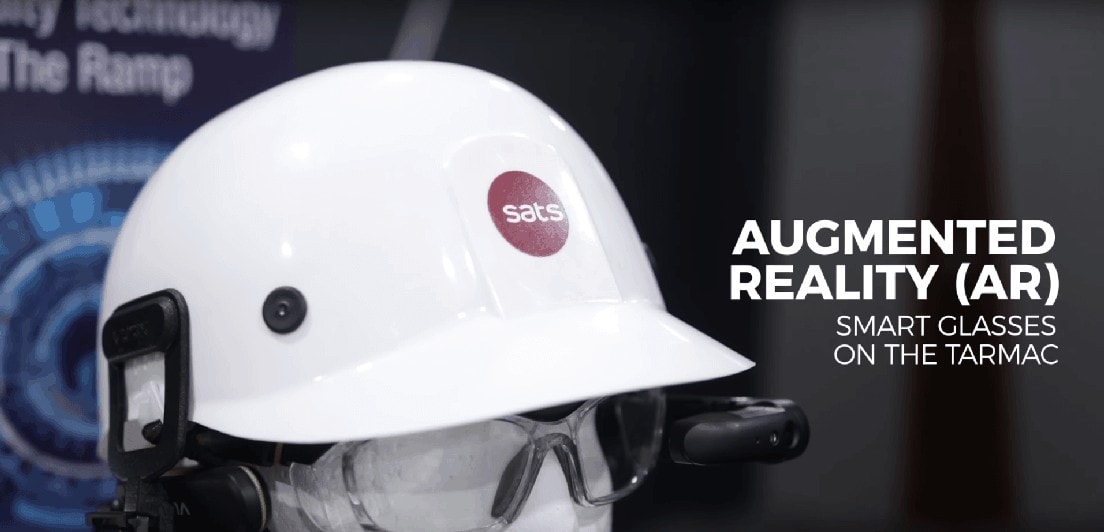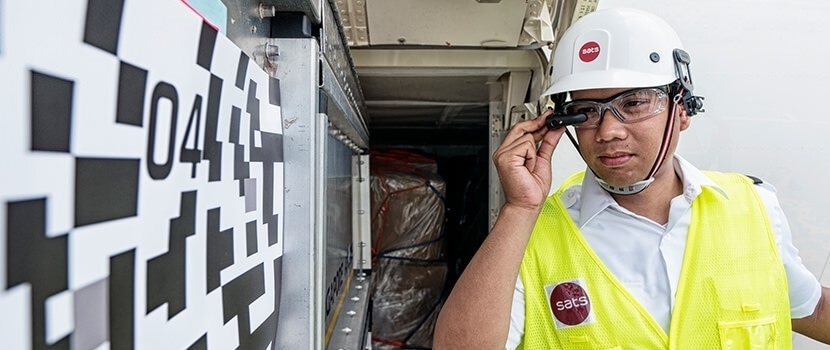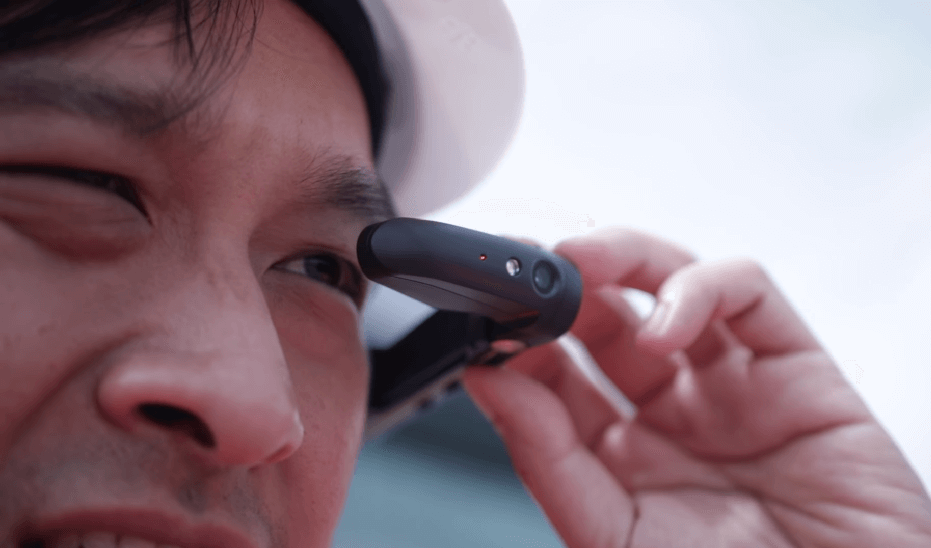
Changi Airport is a benchmark both for the services it provides and for the volume of traffic it handles every year, in both passengers and cargo. It is one of the busiest airports in Asia, and is “usually listed in all the rankings of best airports in the world” – according to Guía de Singapur – for both its construction and image and the services it offers its passengers under the “Changi Experience” philosophy.
Singapore International Airport has recently deployed a technological pilot test using augmented reality (AR) for its aircraft ground and ramp handling services. The application of AR Assist at Changi airport is based on “smart” glasses provided with a camera which projects instructions and information on what the user is seeing, without impeding a view of the surroundings.
As opposed to virtual reality – where the user is immersed in a fictional or simulated environment which does not allow a vision of the real world –, augmented reality consists in “enriching” the real environment with superimposed digital information. In order to achieve this, glasses fitted with a camera are normally used, which is the case here, although it is also possible to use devices provided with a camera and a screen, such as, for example, mobile phones and tablets.
How this technology works
In both cases, the augmented reality principle is the same: the camera on the device captures the real environment and, using different variables, shows digital information on the “real image”. These variables can be location and the direction in which the camera is pointing (using GPS and a compass), or image recognition, by means of which the application “understands” what the camera is capturing (for example, a painting or sculpture, in order to show information about it), or reads labels with visual codes (such as QR codes) which contain information that is interpreted by the camera and shown on screen.
In this way, a ground operator moving cargo containers can see in front of him/her, through the glasses, information and details such as weight, unit number, loading sequence and position allocated to the container within the aircraft hold. The glasses obtain this information by identifying through the camera visual markers and labels placed on the luggage and the containers.
Aspects that improve thanks to augmented reality
According to SATS Ltd. and EON Reality, developer of the application, the use of augmented reality means that staff can work hands-free (as there is no need for them to carry documents or electronic devices), which implies enhanced safety and a decrease in potential errors, thus increasing the efficiency of cargo and luggage handling.
AR glasses also allow operators to receive remote assistance in real time from the control centre by streaming a view of what the operator is seeing. This improves supervision and, if required, the control centre can provide instructions to operators, for example, on how to manage special cargo. “By introducing augmented reality to ground handling operations, we are improving services for airlines, passengers and airfreight shippers,” the company claims.








There are no comments yet